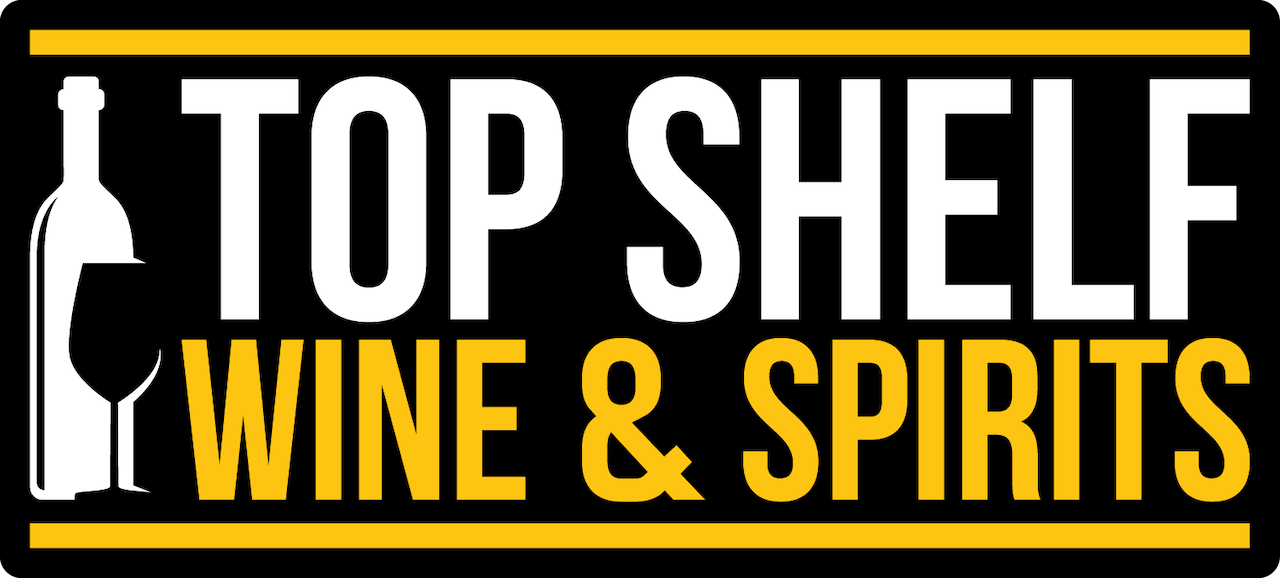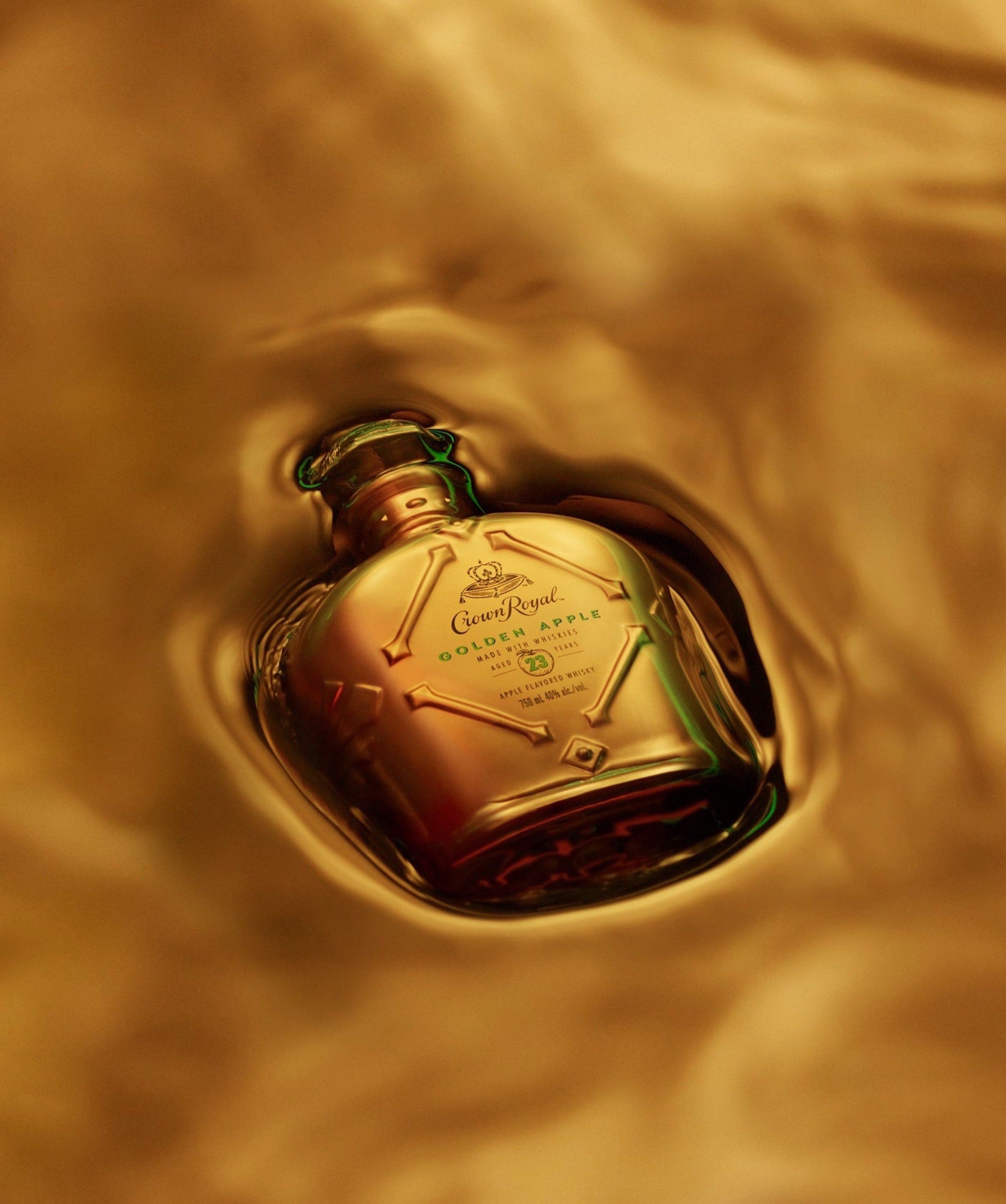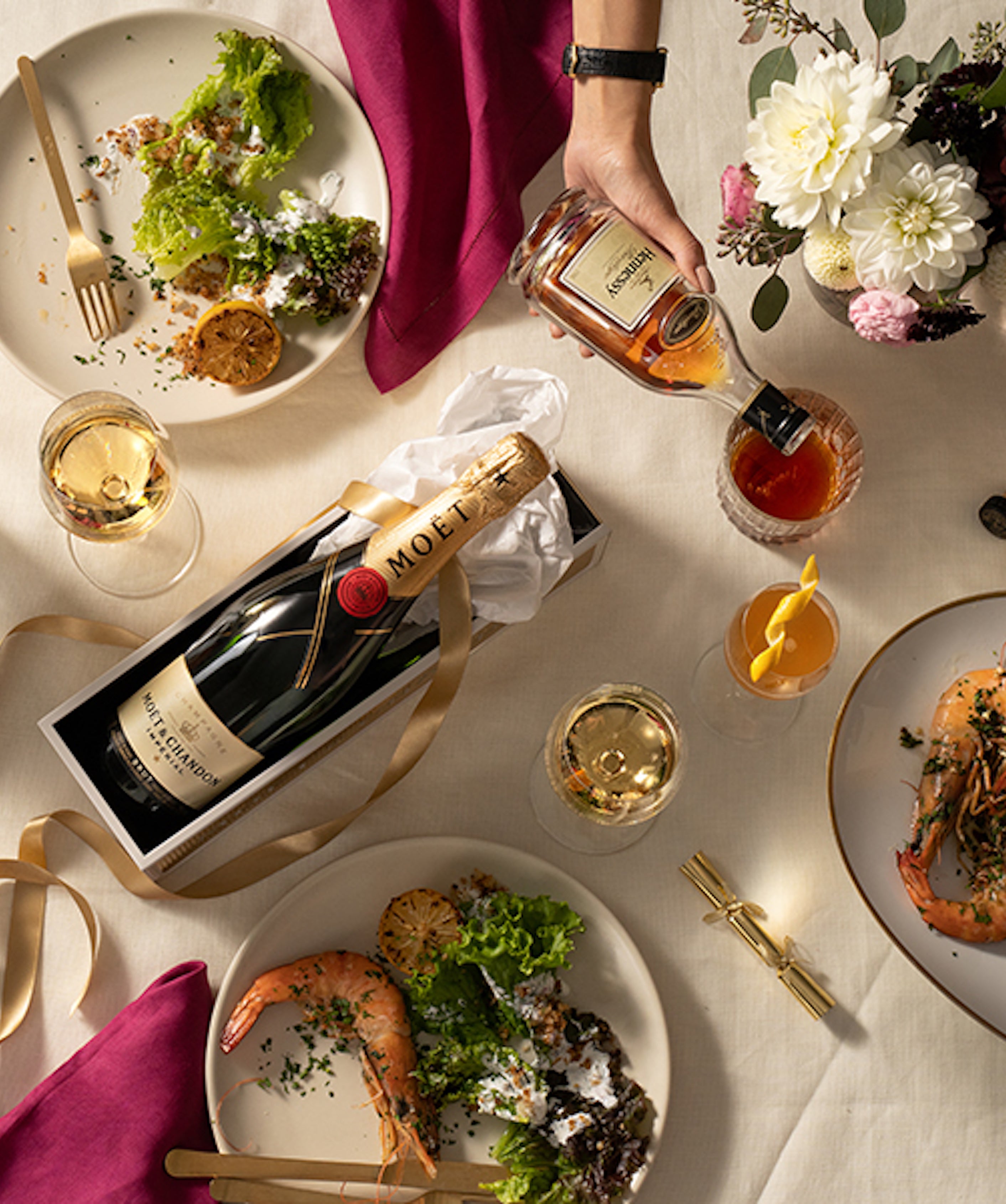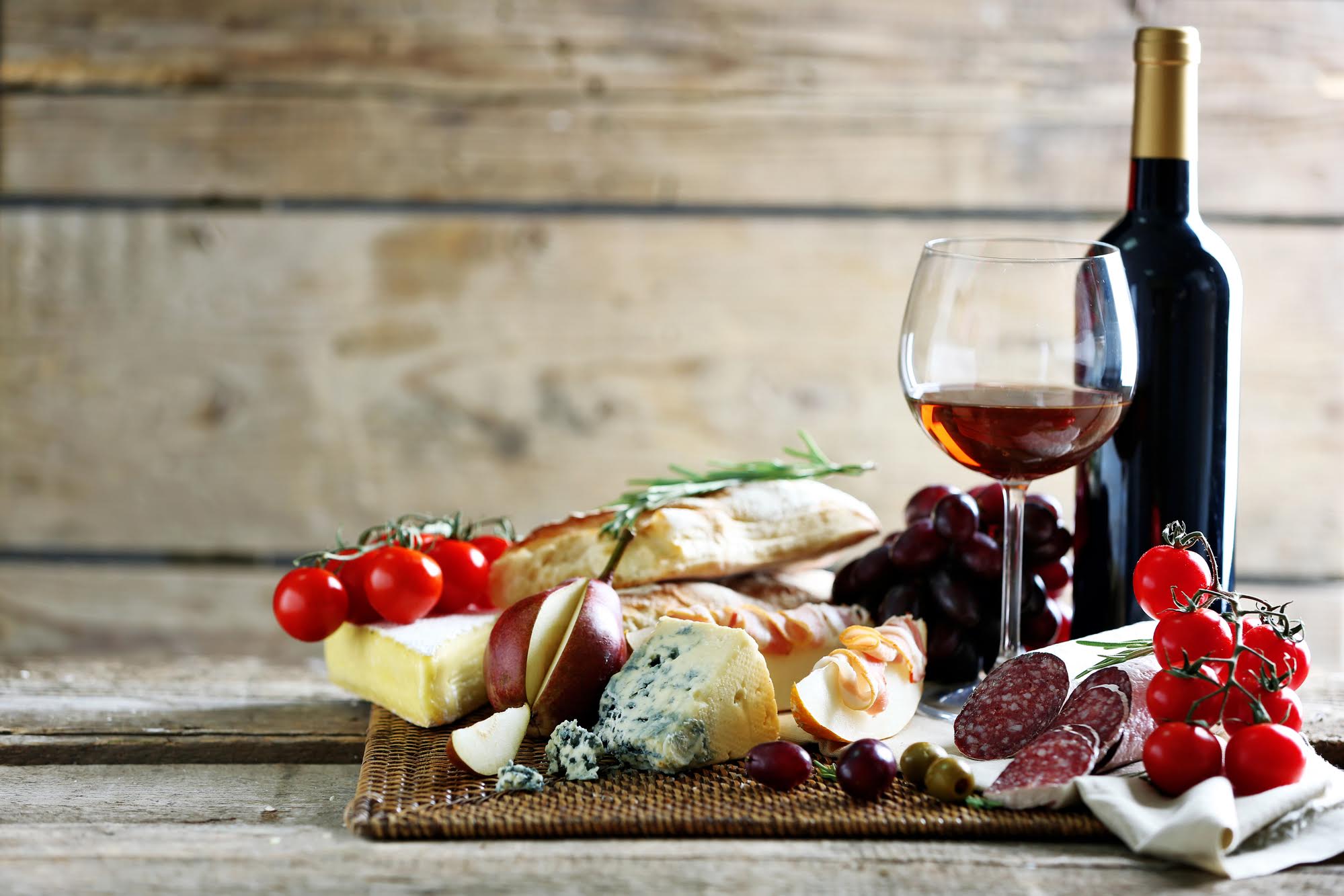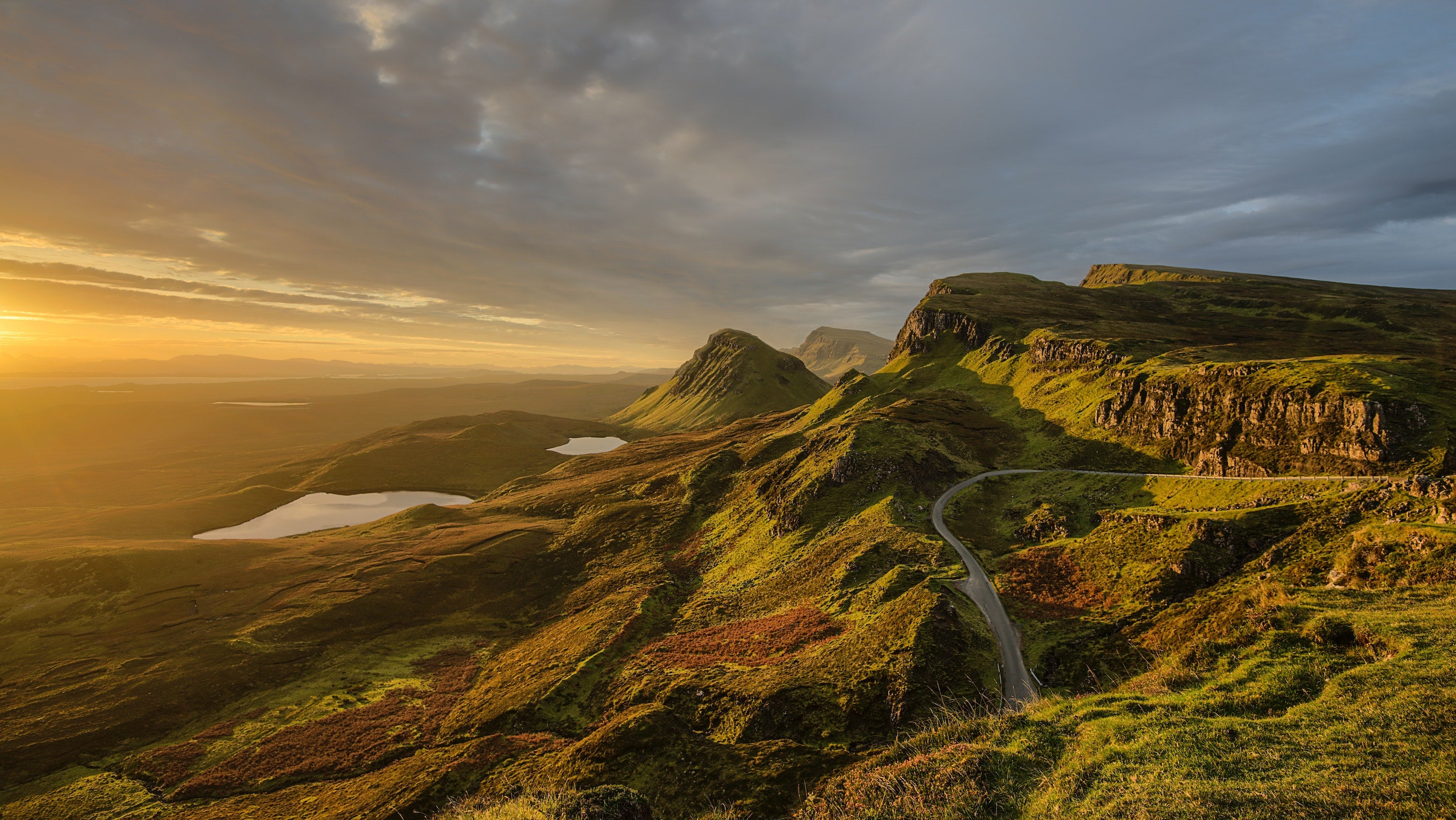
Scotland's Water of Life
Originally, Scotland broke down into four officially recognised whisky regions: Highlands, Lowlands, Isle of Islay, and Campbeltown. Speyside was eventually brought into the fold with good reason. It has the country’s largest number of distilleries. That raised the tally of unique regions to five, according to the Scotch Whisky Association (SWA).
When it comes to flavors and profiles, there are definite overlaps between the various whisky regions of Scotland. However, each specific region does offer a unique influence upon the spirits produced within its borders. To that end, everything from local production methods to terroirs to broader geographic factors will influence how the whisky smells and tastes.
The 5 Regions

Speyside is known as the fruity, soft and floral region.
The Highlands are full bodied, sweet and rich. This region gets the most attention as it is the largest producing area.
The Lowlands are traditionally quite light, soft, smooth and floral.
Islay, the peatiest and richest whisky region, also has a fair amount of non-peated options.
Campbeltown is known for robust, impressive and ‘traditional’ whisky styles.
────────SPEYSIDE────────
 Located at the northeastern end of Scotland, the Speyside whisky region is truly abundant in rivers, glens, history, and whisky. A veritable destination among locals and tourists alike, this heralded whisky-making region hosts about 60 per cent of the country’s distilleries. As such, there’s a ton of great stuff to be discovered here, including a number of smaller and lesser-known producers.
Located at the northeastern end of Scotland, the Speyside whisky region is truly abundant in rivers, glens, history, and whisky. A veritable destination among locals and tourists alike, this heralded whisky-making region hosts about 60 per cent of the country’s distilleries. As such, there’s a ton of great stuff to be discovered here, including a number of smaller and lesser-known producers.
 The Macallan Sherry Oak 12 Year
The Macallan Sherry Oak 12 Year
|
────────────HIGHLANDS────────────

As the largest whisky-producing region in Scotland, the Highlands accordingly delivers an epic range of flavours and characteristics. Because there’s so much diversity to grapple with, most folks break the region down into four sub-regions, each of which has its own style of whisky.
 |
|
────────────LOWLANDS───────────

In the simplest terms, any (land-bound) distillery that’s south of the Highlands and north of England classifies as a Lowlands distillery. From the perspective of pure land-mass, this region is the country’s second-largest, though it doesn’t have many distilleries to show for it. However, more and more operations continue to pop up, so that all might change over the course of subsequent years.
 Auchentoshan 12 Year
Auchentoshan 12 Year
|
|
──────────────ISLAY───────────────

To summarise the whiskey from this island region in a word: peaty. Odds are you’ve smelled an Islay malt and then either recoiled or engaged, depending on your personal palate. Rife with layers of complexity and character, the region’s best expressions start at the mouth and go straight down to the ends of one’s toes.

|
|
───────────CAMPBELTOWN───────────

What was once the self-proclaimed “whisky capital of the world” isn’t exactly that these days, though the Campbeltown region is still good for a quality dram. At one point in time, there were over 30 distilleries in this remote town. Alas, that number is currently down to just three.
